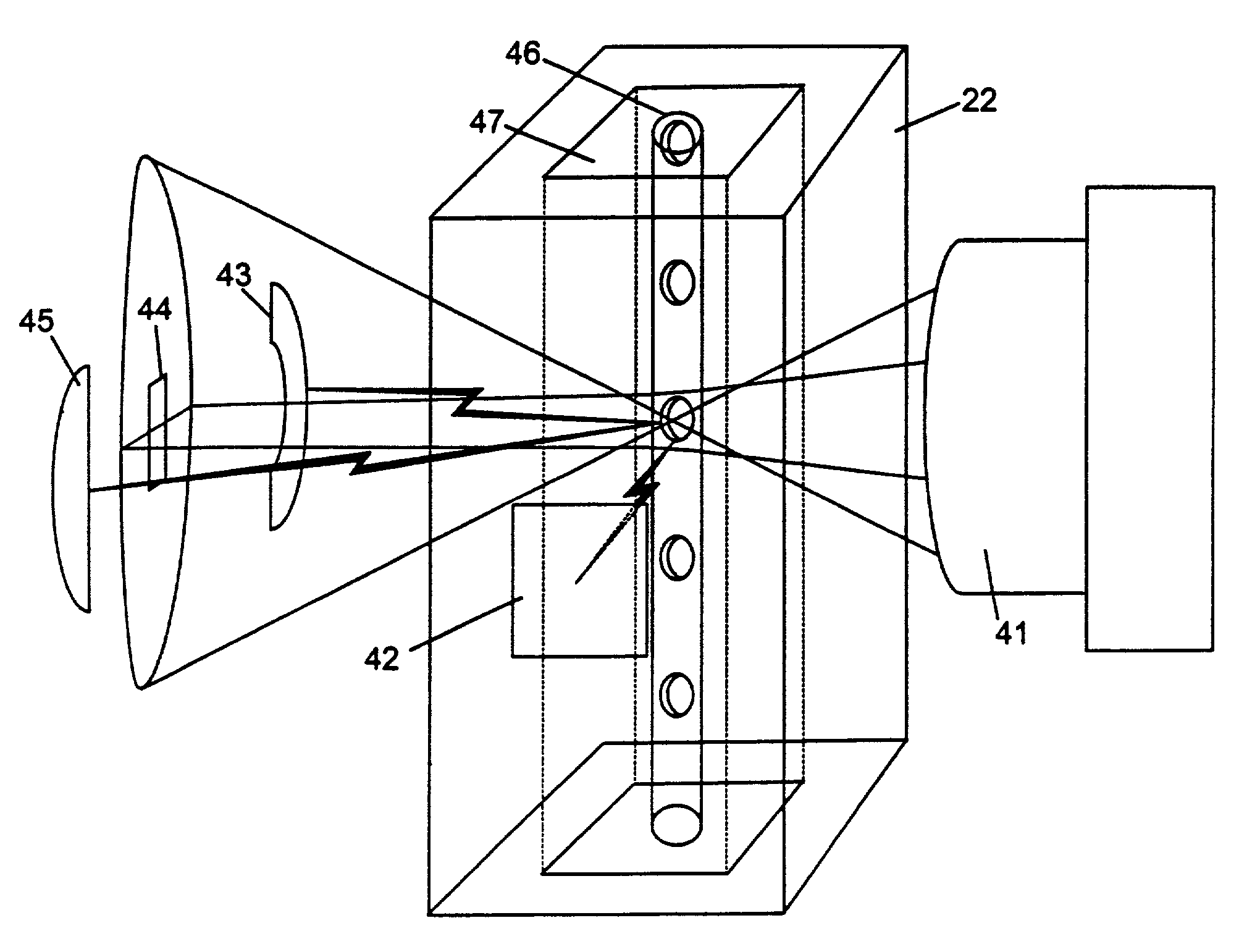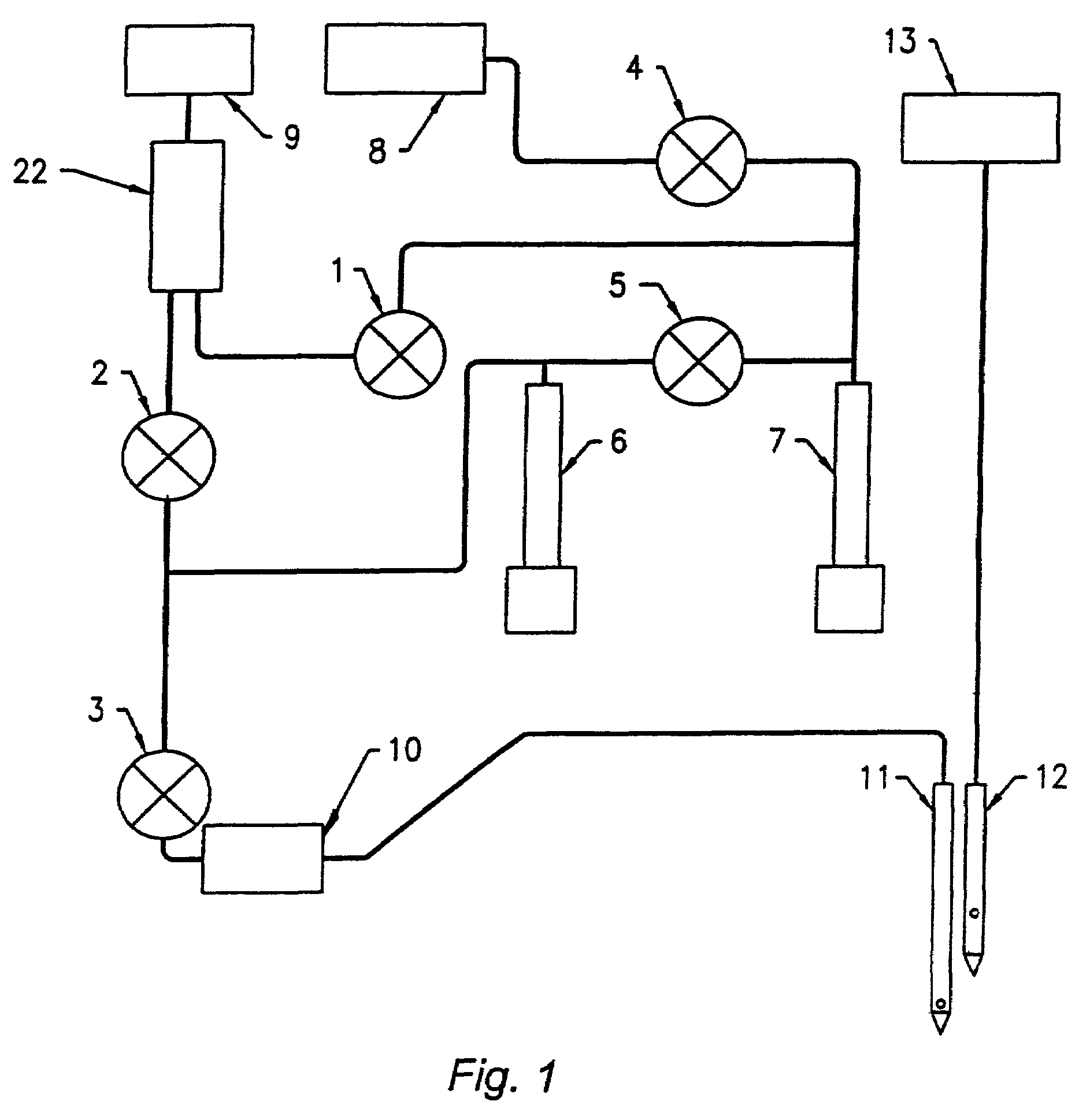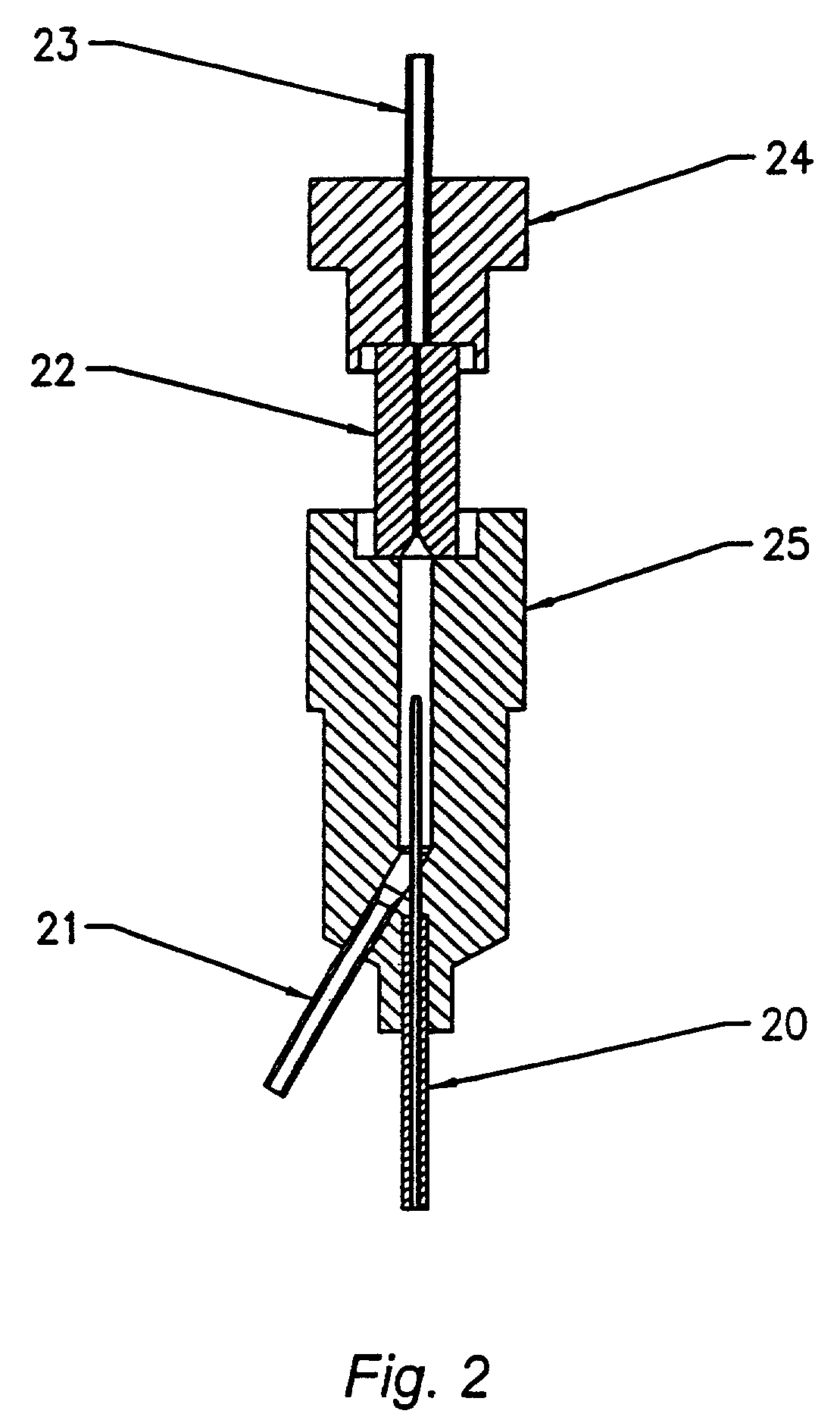If few or no reticulocytes are detectable in these patients, the
bone marrow is not adequately responding to the
red blood cell deficit.
Like RBCs, platelets lack nuclei and thus cannot reproduce.
However, the skills necessary to perform these test manually are rare and require years of training.
Furthermore, the time required to perform each of these tests manually is very high.
However, these systems were unable to distinguish among all the different types of white blood cells, and thus were unable to provide a five-part differential count.
Furthermore, these instruments were also unable to distinguish between reticulocytes and normal red blood cells, and thus could also not provide a
reticulocyte count.
However, unless two separate dilutions of the same sample are performed, the method requires large volumes of sample to provide sufficient statistical data with regard to the less common blood components.
For example, material within cells having a strong absorption at the illuminating
wavelength may interfere with
size determination because cells containing this material produce smaller
forward scatter signals than would otherwise be expected, leading to an underestimate of
cell size.
However, the calibration procedures are lengthy and complicated, and require extensive training to perform properly.
Changes in the instrument or in the sample may alter the performance of the instrument.
However, these early systems did not perform a CBC or
white blood cell differential.
However, these instruments require complex and expensive optical systems to make such measurements.
This combination of multiple sample hydraulic paths creates an undesirably high level of complexity, due to the requirement for large numbers of valves, vacuum lines, reaction chambers, syringes, vacuum pumps, miniature orifices, and the like.
In addition, a significant amount of training is required to learn how to use these instruments properly.
Furthermore, these instrument systems require service several times a year, at a minimum.
As a result, the high costs associated with
purchasing, operating and maintaining these high-end instruments make them financially inaccessible to small clinics and doctor's offices.
Doctors can obtain
limited access to these instruments by contracting with commercial laboratories that will pick up blood samples from the clinic or doctor's office and transport the samples back to the laboratory for analysis on these high-end
hematology systems.
This process is very time-consuming, and usually the doctor will not have the results until the following day, at the earliest.
Instrumentation, such as impedance counters that perform CBC with limited WBC differentials, are available for these in-clinic laboratories, but systems that can produce five-part differentials and
reticulocyte counts are not.
These manual methods, however, are slow, labor-intensive, and prone to operator error.
While the high-end
hematology systems advanced by incorporating flow cytometric techniques and other improvements, the technology used in the low-end systems has changed very little.
These low-end instruments have become much more compact and efficient through incorporation of
semiconductor microelectronics where applicable; however, in the end, these systems are functionally no different from the impedance counters used by clinical laboratories in the late 1970's and early 1980's.
In particular, these instruments still cannot perform a five-part WBC differential, nor can they produce a reticulocyte count.
Since the number of samples run on these instruments is low compared to their laboratory counterparts, significant volumes of reagents are wasted in performing startup and shutdown cycles, as well as in system cleanings between samples.
Thus, it is impossible to predict how many patient samples a user will get from a
reagent pack.
As a result, the user must maintain an excess amount of reagents on hand, leading inevitably to a substantial degree of
reagent waste.
In addition, the hydraulics of these instruments, though generally less complex than the high-end laboratory systems, are still prone to the same reliability issues associated with the use of high numbers of vacuum lines, valves, and vacuum pumps, as well as with the small dimensions of the apertures used to count cells.
Thus, for in-clinic and in-office applications, such low-end impedance instruments are severely deficient in producing the results needed for complete hematology analyses, are inefficient in their use of reagents, and have the same inherent reliability problems that are associated with high-end
biological fluid analysis systems.
Some attempts have been made to address the clinical blood sample analysis needs of small laboratories and doctor's offices, but these efforts have met with only limited success.
While the QBC® technology addresses concerns of reliability and reagent waste for the in-clinic user, it falls well short of delivering the required parameters for a CBC, produces an incomplete differential, and does not quantify reticulocytes.
Additionally, the precision and accuracy of the parameters produced by the QBC® system, except for
hematocrit, are worse than those of the low-end impedance systems.
The gas lasers conventionally employed in flow cytometer-based hematology systems produce strong light signals, but high levels of
noise associated with these lasers have minimized their utility for use in
flow cytometry-based hematology systems.
However, this results in greater cost for the system.
However, the optical characteristics of
laser diodes are not as desirable as those of gas lasers.
When mode hops are occurring, the S / N ratio of the light measurement is very low, making it useless for measuring
small particles (i.e., platelets), or to distinguish subtle difference in larger ones.
Laborious effort is required to characterize each individual
laser diode to find the ideal temperature and current settings.
Furthermore, even if the ideal external temperature is determined, maintaining a constant temperature is complicated by the significant amount of heat produced when the
diode laser is first turned on.
As a result, temperature equilibrium of the diode laser can take up to 30 minutes to establish, even if the diode laser and
temperature control system are working properly.
This equilibration time decreases the useful life of the laser.
Lastly, the implementation of
temperature control severely limits the operating temperatures at which a unit can be used, and adds significant cost and size to a relatively inexpensive and small
laser diode.
Significant costs are incurred by the need to incorporate many expensive optical components.
In addition to the high cost of each of these components, each optical component also must be held securely in space, and carefully aligned in three-dimensional space with the other components of the
optic system.
These steps add additional complexity and cost to the overall design.
Light collection optic systems in flow
cytometry-based hematology systems are even more complex than the
light beam shaping optics.
As in the
beam shaping case, significant costs are incurred by the requirement for numerous optical components, each of which needs to be held in space and carefully aligned.
The sheer number of components involved in the conventional hematology systems add greatly to the cost, and reduce the reliability, of such devices.
 Login to View More
Login to View More 


